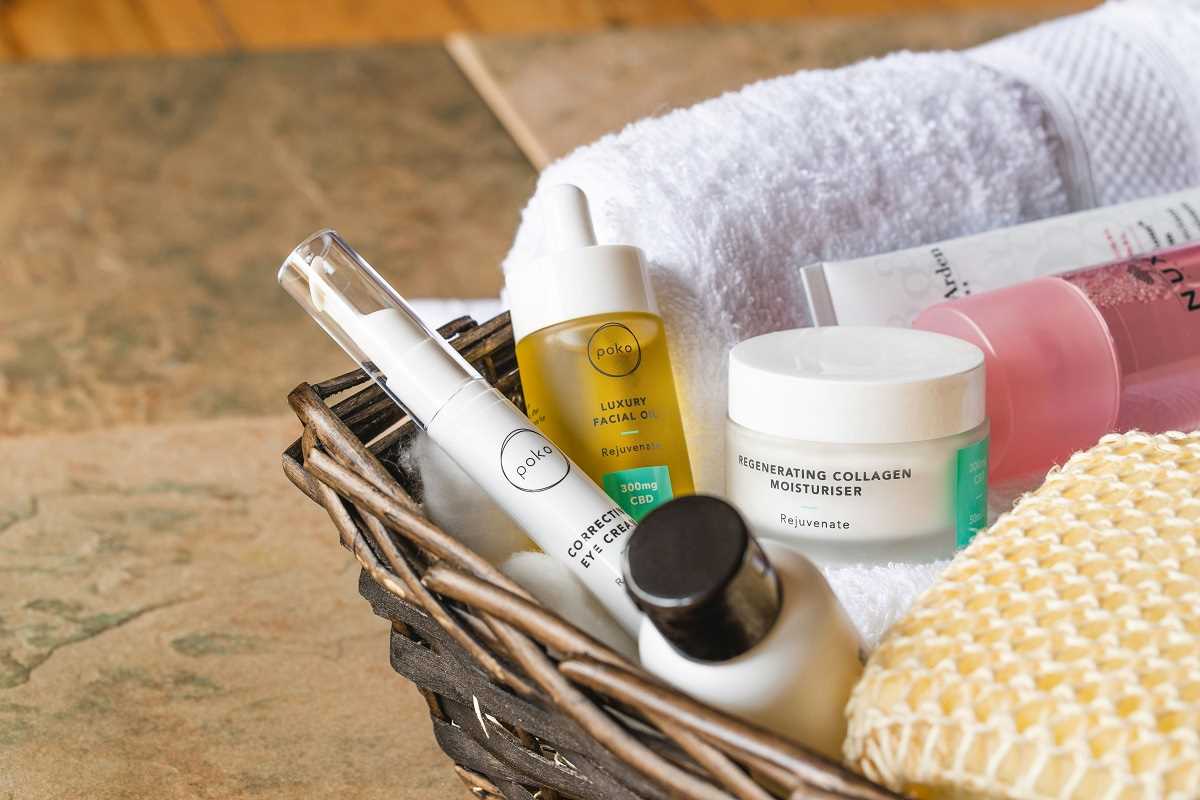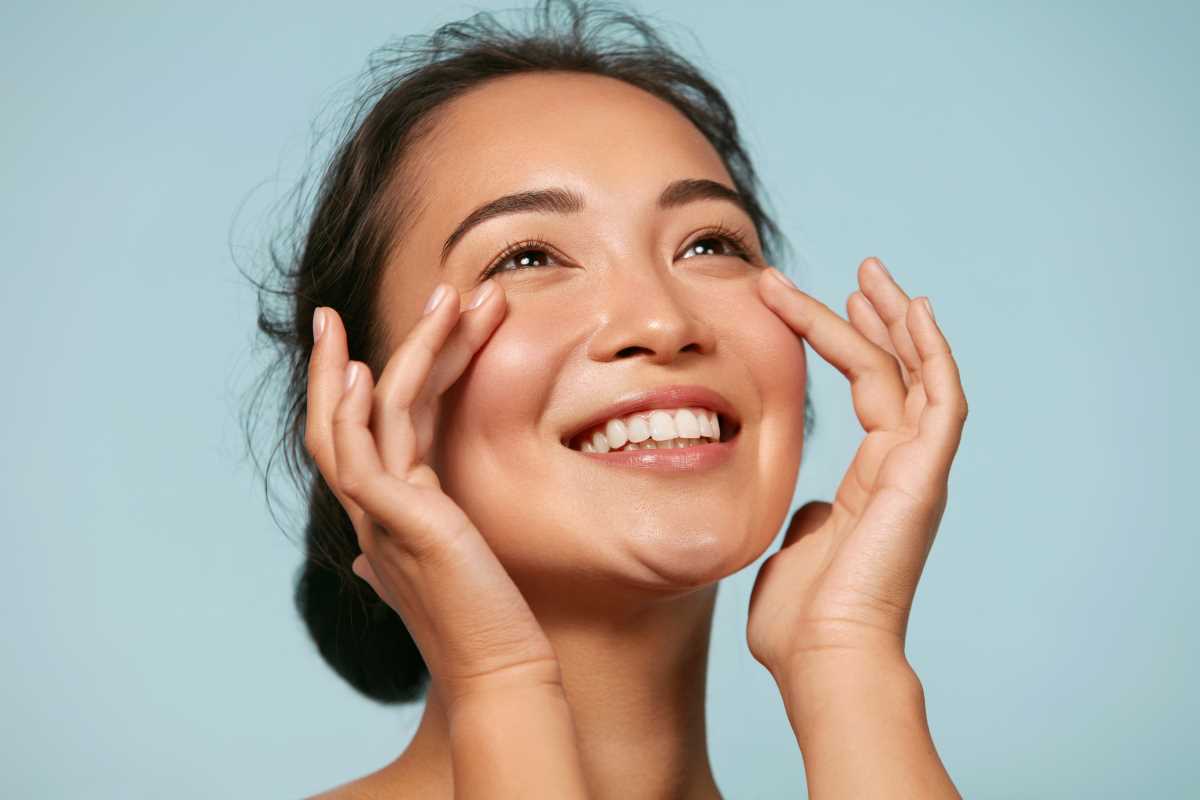The world of skincare is constantly evolving, and every year new research, trends, and innovations change how we approach caring for our skin. While some ingredients stand the test of time, others are exciting newcomers that promise to revolutionize your skincare routine. Looking ahead to 2025, the beauty industry is gearing up to introduce powerful new ingredients and bring renewed focus to old favorites. Whether you’re a total skincare enthusiast or just someone who wants to maintain a healthy, glowing complexion, there’s plenty to get excited about.
From naturally-derived actives to cutting-edge lab creations, the key to great skin in 2025 will be all about science-backed ingredients that deliver real results. And the best news? You don’t need to be a skincare expert to understand how these ingredients work or how to use them. This article will walk you through the top ingredients experts are buzzing about, what they do, and how you can incorporate them into your routine.
Before we jump into the details, here’s why the stuff inside your skincare products matters so much. Every product, whether it’s a moisturizer, serum, or cleanser, is only as effective as the ingredients it’s made from. Ingredients are like the building blocks of skincare. Some are designed to hydrate, repair, or protect your skin, while others target specific concerns like acne, redness, or dark spots.
By understanding which ingredients work best for your skin type and needs, you can make more informed choices about the products you buy. Plus, you can avoid wasting money on hype or products that don’t actually deliver.
Now, let’s look at the ingredients set to dominate 2025.
1. Niacinamide
Niacinamide, also known as vitamin B3, is no stranger to skincare fans, and its popularity is only going to keep growing. Why? It’s a multitasking powerhouse that does a bit of everything.
Here’s what it brings to the table:
- It reduces redness and inflammation, making it perfect for sensitive skin.
- It brightens your complexion by fading hyperpigmentation and dark spots.
- It helps regulate oil production, so oily skin types love it too.
The best part? Niacinamide plays well with just about every other ingredient, which makes it a go-to for beginners and pros alike.
2. Peptoids
A newcomer making waves in the anti-aging scene, peptoids are set to become the “it” ingredient of 2025. They’re synthetic compounds designed to mimic peptides, which are naturally occurring proteins in your skin that keep it firm and youthful.
Peptoids work by boosting collagen production, improving elasticity, and even promoting wound healing. Unlike traditional peptides, peptoids are more stable and can better penetrate the skin. The result? Smoother, plumper, and healthier-looking skin. Keep an eye out for this innovation in serums and anti-aging creams.
3. Tranexamic Acid
Tranexamic acid is a rising star in treating stubborn skin discoloration, and it’s gearing up to take center stage by 2025. This ingredient blocks the production of melanin, which is responsible for dark spots and uneven skin tone.
It’s especially beneficial for people dealing with melasma or post-inflammatory hyperpigmentation (the dark spots left behind by acne). The great thing about tranexamic acid is that it’s gentle enough for daily use, even for those with sensitive skin.
4. Bioretinol
If you’ve been on the fence about jumping into retinol because of all the potential side effects (hello, redness and peeling), bioretinol is about to change the game. This plant-based alternative offers similar benefits to traditional retinol but without the irritation.
Bioretinol is derived from natural sources like bakuchiol, making it a more eco-friendly and gentle option. It still delivers anti-aging benefits, smooths your skin, and helps with acne, but it’s far more forgiving on sensitive complexions.
5. Postbiotics
You’ve probably heard about probiotics and prebiotics as buzzwords in gut health, but now they’re taking over skincare. By 2025, postbiotics will be the next big thing.
Postbiotics are the byproducts of probiotics, and they’re packed with nutrients and fatty acids that strengthen your skin barrier. They help maintain a healthy microbiome (the balance of bacteria on your skin), which can reduce irritation, improve hydration, and even fight off breakouts. Look out for postbiotic-rich products, especially in moisturizers and lotions.
6. Methionine Sulfoxide Reductase (MSR)
It may sound like a mouthful, but MSR is about to become the superhero of anti-aging ingredients. This enzyme focuses on protecting your skin from oxidative stress caused by things like pollution, UV rays, and blue light.
Oxidative stress is one of the biggest culprits behind premature aging, leading to fine lines, wrinkles, and a loss of elasticity. By incorporating MSR into skincare formulas, brands are creating products that help repair and protect your skin at a deeper level.
7. Blue-Green Algae Extract
Sustainable skincare is a growing trend, and blue-green algae extract is at the forefront. Algae is packed with antioxidants, vitamins, and minerals that hydrate, soothe, and repair your skin. Its anti-inflammatory properties also make it a great option for acne-prone or sensitive skin.
Beyond its skin benefits, blue-green algae is a renewable resource, which means it’s a win for both your face and the planet.
 (Image via
(Image via





